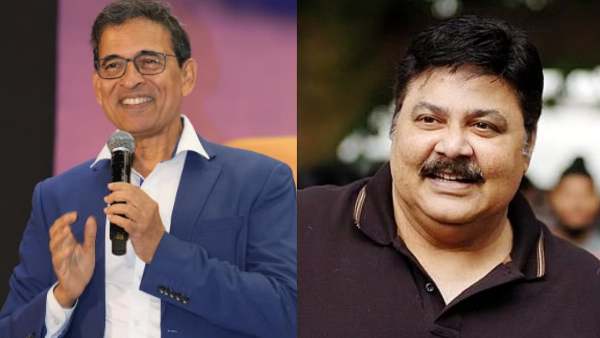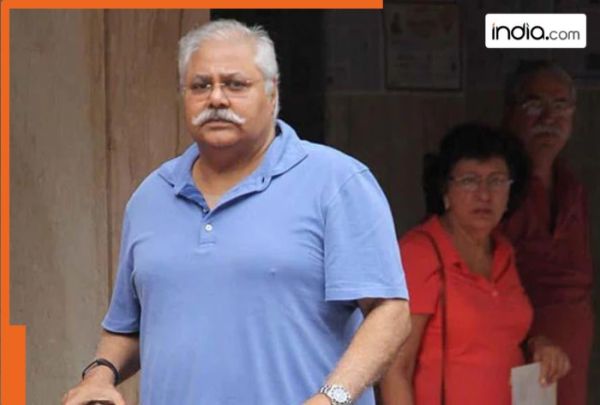NASA impact on daily life
NASA impact on daily life: Could taking a selfie have any with space exploration? Surprisingly, quite a lot as the camera in your smartphone owes its existence to technology developed by NASA’s Jet Propulsion Laboratory (JPL) in the early 1990s, as per a report. Back then, a JPL team was working on creating sensors that would make cameras smaller and more efficient for spacecraft, that technology that eventually found its way into smartphones and digital cameras, as per a USA Today report.
ALSO READ: MLB World Series 2025: What time does Blue Jays vs Dodgers start - how to watch, where to watch, channels, streaming details & game schedule
One NASA discovery even made its way into skincare. A bacterium initially found by JPL for sanitizing Mars-bound spacecraft was later licensed by a company to create ingredients that enhance SPF in sunscreen and boost anti-aging benefits, as per the USA Today report.
ALSO READ: Meghan Markle’s PR team in turmoil? Communications director Emily Robinson resigns just weeks after Paris Fashion Week drama
Cwik said, “Companies are coming together now on this, and I think we’ll see the benefits of these technologies in our communities in the coming years,” as quoted by USA Today.
How has NASA influenced healthcare?
NASA’s infrared sensors led to medical tools like ear thermometers and cancer detection equipment.
What was NASA’s role during the COVID-19 pandemic?
NASA engineers created a cost-effective ventilator called VITAL in just 37 days, approved for emergency use.
NASA’s Role in the Smartphone Revolution
NASA JPL Chief Technologist Tom Cwik said, “Today, virtually every selfie, photo or video you take is made possible by technology that originated in the space program,” adding that also, a cellphone’s precision GPS software, which “NASA developed to determine satellite orbits with centimeter-level accuracy, is now used in numerous phone location apps," as quoted by USA Today.ALSO READ: MLB World Series 2025: What time does Blue Jays vs Dodgers start - how to watch, where to watch, channels, streaming details & game schedule
Everyday Products That Started at NASA
Cwik explained that NASA technology has shaped daily life far beyond cameras and GPS. A wide range of products began as NASA inventions, including baby formula, the Dustbuster, ear thermometers, laptops, memory foam, Nike Air sneakers, insulin pumps, and wireless headsets, as per the report.One NASA discovery even made its way into skincare. A bacterium initially found by JPL for sanitizing Mars-bound spacecraft was later licensed by a company to create ingredients that enhance SPF in sunscreen and boost anti-aging benefits, as per the USA Today report.
ALSO READ: Meghan Markle’s PR team in turmoil? Communications director Emily Robinson resigns just weeks after Paris Fashion Week drama
NASA’s Influence on Food and Nutrition
NASA’s influence on food also dates back decades. Pillsbury’s “Space Food Sticks,” developed for astronauts, hit grocery store shelves in 1969, while Tang, the orange-flavored drink mix, became famous after NASA selected it for space missions due to its easy storage and ability to dissolve in zero gravity, as per the report.NASA’s Impact on Modern Healthcare
The space agency’s technological reach extends well into healthcare. Infrared sensors originally designed to measure heat from planets and stars were adapted for medical use, leading to affordable infrared thermometers and advanced cancer detection tools, as per the USA Today report.NASA’s Role During the COVID-19 Pandemic
During the COVID-19 pandemic, JPL engineers built the VITAL ventilator, short for Ventilator Intervention Technology Accessible Locally, in just 37 days, as per the report. The FDA quickly authorized it for emergency use, and companies around the world began producing it. The ventilator required far fewer parts than traditional machines, making it easier and faster to manufacture, reported USA Today.NASA’s Infrared Technology Future: Wildfire Detection
Looking ahead, Cwik said NASA JPL’s infrared technology could soon play a major role in fighting wildfires. The lab is developing fire detection tools that use infrared imaging to identify hot spots early, while other NASA instruments track dryness and environmental conditions, as per the USA Today report. Cwik predicted that when combined with artificial intelligence and machine learning, these systems could revolutionize wildfire prevention and response, as per the report.Cwik said, “Companies are coming together now on this, and I think we’ll see the benefits of these technologies in our communities in the coming years,” as quoted by USA Today.
FAQs
How has NASA influenced healthcare?NASA’s infrared sensors led to medical tools like ear thermometers and cancer detection equipment.
What was NASA’s role during the COVID-19 pandemic?
NASA engineers created a cost-effective ventilator called VITAL in just 37 days, approved for emergency use.





